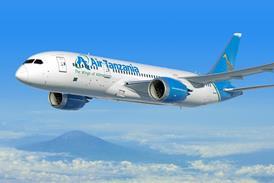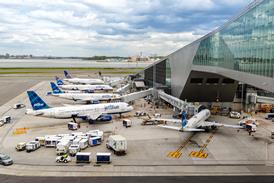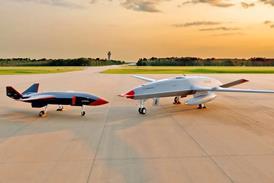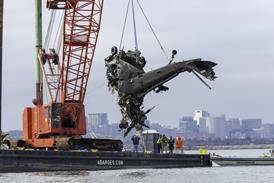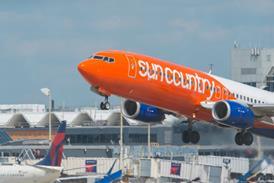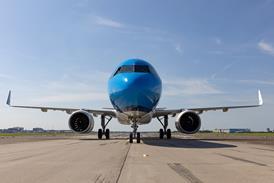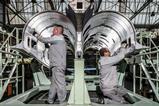Rolls-Royce has all but completed certification testing of its Pearl 10X business jet engine, with only a solitary major test remaining.
Destined to power the ultra-long-range Dassault Aviation Falcon 10X, the newest member of the Pearl engine family has now accumulated some 3,400 test hours, the propulsion specialist says.

Completed certification points include initial maintenance interval, type test, medium bird strike, outdoor crosswind and emissions testing.
Rolls-Royce says the outstanding test, scheduled for completion in the coming months, is to confirm the engine’s emissions performance.
Dassault has not confirmed a date for the Falcon 10X’s maiden sortie, but with the first prototype in final assembly – Rolls-Royce has already delivered the Pearl 10X engines – it is likely to take place later this year.
Flight tests of the engine itself wrapped up last year following a six-month campaign across 25 sorties aboard the engine maker’s Boeing 747-200 testbed in the USA.
Dr Phillip Zeller, senior vice-president, Rolls-Royce, says: “Each milestone achieved in the Pearl 10X development programme so far reflects the hard work and dedication of our global engineering and experimental test teams.
“As we approach the final certification tasks, we are confident the Pearl 10X will meet the highest standards of performance, efficiency and reliability, ensuring it is the perfect fit for Dassault’s Falcon 10X.”
Overall, the programme has amassed more than 3,400 test hours, including the Advance2 demonstrator on which the Pearl 10X is based.
Neither Rolls-Royce nor Dassault has confirmed the thrust rating of the new engine, simply saying that it will be the most powerful in the Pearl family, topping the 18,250lb (81kN) produced by the Pearl 700 for the Gulfstream G700.

Rolls-Royce builds all its business jet engines at its site in Dahlewitz in the state of Brandenburg near Berlin in eastern Germany.
That facility is also celebrating a major production milestone, having delivered the 9,000th engine from the site – a Pearl 700.
Since the start of production in June 1995, the factory has grown into the group’s centre of excellence for two-shaft engines, employing about 2,400 people.
Of the 9,000 powerplants built at Dahlewitz, over 6,100 are for business jet applications.
Business jet engines assembled at the site include the entire Pearl family – also comprising the Pearl 15 for the Bombardier Global 5500 and 6500 – and the BR725 powering the Gulfstream G650ER.
Commercial engines have also been built at Dahlewitz, including the Trent XWB-84 and International Aero Engines V2500 – a narrowbody engine programme in which Rolls-Royce previously held a stake.
Dahlewitz is also home to development and testing facilities for Rolls-Royce’s UltraFan demonstrator.
“9,000 engines made in Brandenburg is an impressive accomplishment and I’m very proud of this milestone,” says Dr Dirk Geisinger, chairman of Rolls-Royce Deutschland.
“It comes as the result of three decades of outstanding teamwork and dedication. Dahlewitz is a cornerstone of the company’s future ambitions and I’m already looking forward to the 10,000th delivery.”
Rolls-Royce continues to invest in the Dahlewitz site as it prepares for a forecast increase in engine flying hours over the coming decade. Initially focused on Trent 1000 MRO services, the expansion will in 2026 also see the site assembling Trent XWB-84s for the Airbus A350-900.


